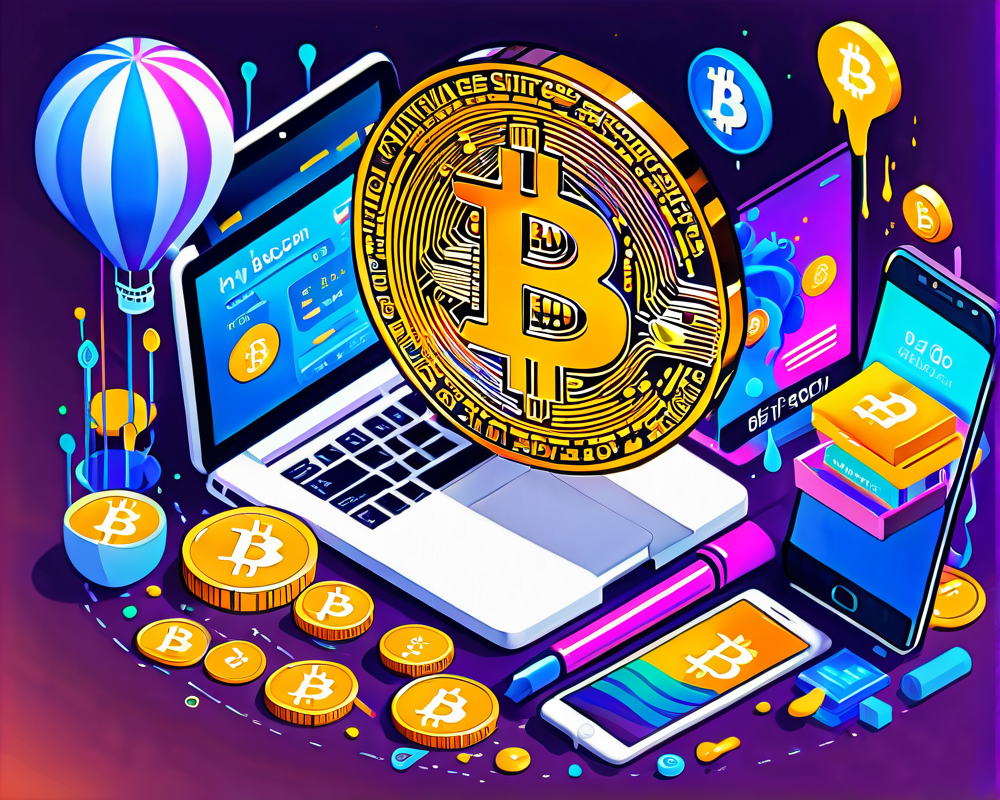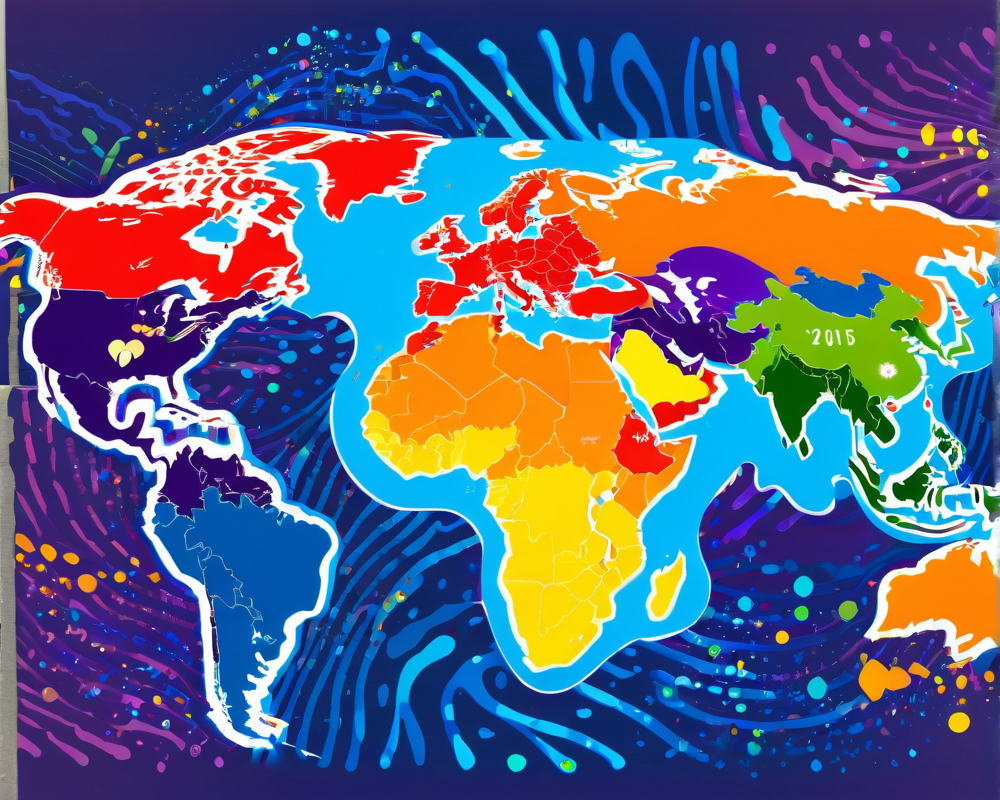The Current State of Russian Markets
As reported by various sources, the Central Bank of Russia has suspended trading on the Moscow Stock Exchange (MOEX) yet again. It seems the only thing trading nowadays is eye-rolling, as the exchange remains closed after halting operations back on February 25 after Russia’s military actions in Ukraine kicked off. In just a month, the MOEX index has seen a staggering decline of over 34%, a great example of how a country can literally bet all its chips on a losing hand!
Impact of Sanctions and Cyber Attacks
The ongoing sanctions from Western countries have left a sour note in the investor’s symphony. Meanwhile, as if being down wasn’t bad enough, MOEX’s website has gone radio silent since Monday, allegedly thanks to Ukraine’s so-called ‘IT army’ taking credit for the hack. Talk about adding insult to injury! While MOEX remains in a trading blackout, the Saint Petersburg Stock Exchange (SPB) is slated for a limited opening—let’s hope the curtains don’t close again before the show starts!
The Disastrous Fallout from Trading Halts
With the Dow Jones Russia GDR Index losing a staggering 93% in recent days, the feared repercussions for Russian investors could be monumental. Though large financial institutions might weather the storm, everyday Russians—especially those who dabble in stock trading—may face severe consequences when markets eventually reopen. After all, over 17 million retail investors are anxiously awaiting clarity, and 40% of trading volume is tied up in their eager hands.
The Plight of the Average Investor
Pensioners and regular folks stuffing their savings into the exchange are just as likely to lose their shirts as any Wall Street greedhead. While big players may play chess during this turbulent time, retail investors may end up losing not only their cash but their peace of mind too.
History Repeating Itself
In diving through the annals of history, one might recall the SPB during the imperial era when it was a beacon of investor hope—thriving so well that it sometimes outshined even the New York Stock Exchange! Fast forward a bit, and the onset of World War I brought the trading pot to a boil, but the real collapse arrived with the Russian Revolution in 1917. The Bolsheviks dutifully shut it down, leaving countless investors empty-handed. History often provides a lesson, doesn’t it?
The Irony of Inflation and Market Control
The 1917 spike in stock prices was more about hyperinflation than actual wealth accumulation—prices rose, but real value plummeted! Investors now panicking can draw a chilling comparison: the past echoes ominously in the present. With markets fluctuating and the value of the ruble on a steep incline toward the Earth’s molten core, we’re left pondering whether history is indeed repeating itself.
The Future: Cryptocurrency’s Rising Star?
With all this chaos, one might wonder: Is there a savior on the horizon? Enter cryptocurrency! Unlike centralized exchanges that have been caught in the crossfire, crypto platforms often fly under the radar. While governments can try to impose bans on exchanges within their borders, decentralized platforms allow users to trade freely, complicating enforcement measures. So, while these traditional stock markets are reeling, an underground party is brewing in crypto land.
Economy Under Heavy Fire
It’s clear that while centrally controlled markets face unprecedented uncertainty, decentralized exchanges provide a level of freedom that’s increasingly desirable in times of turmoil. As retail investors brace for impact, cryptocurrency shines as a beacon of hope amid the financial storm brewing over Russia.



